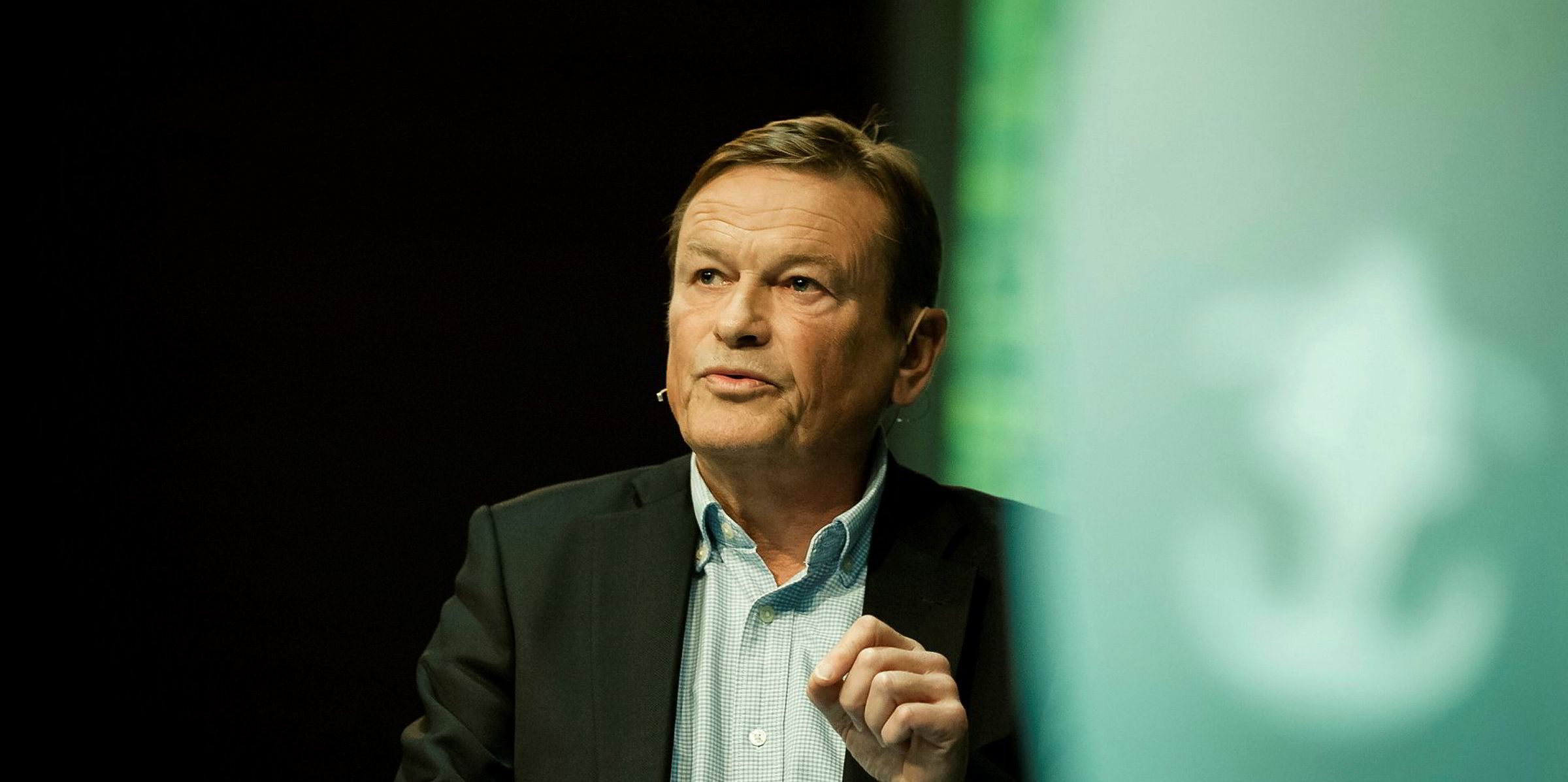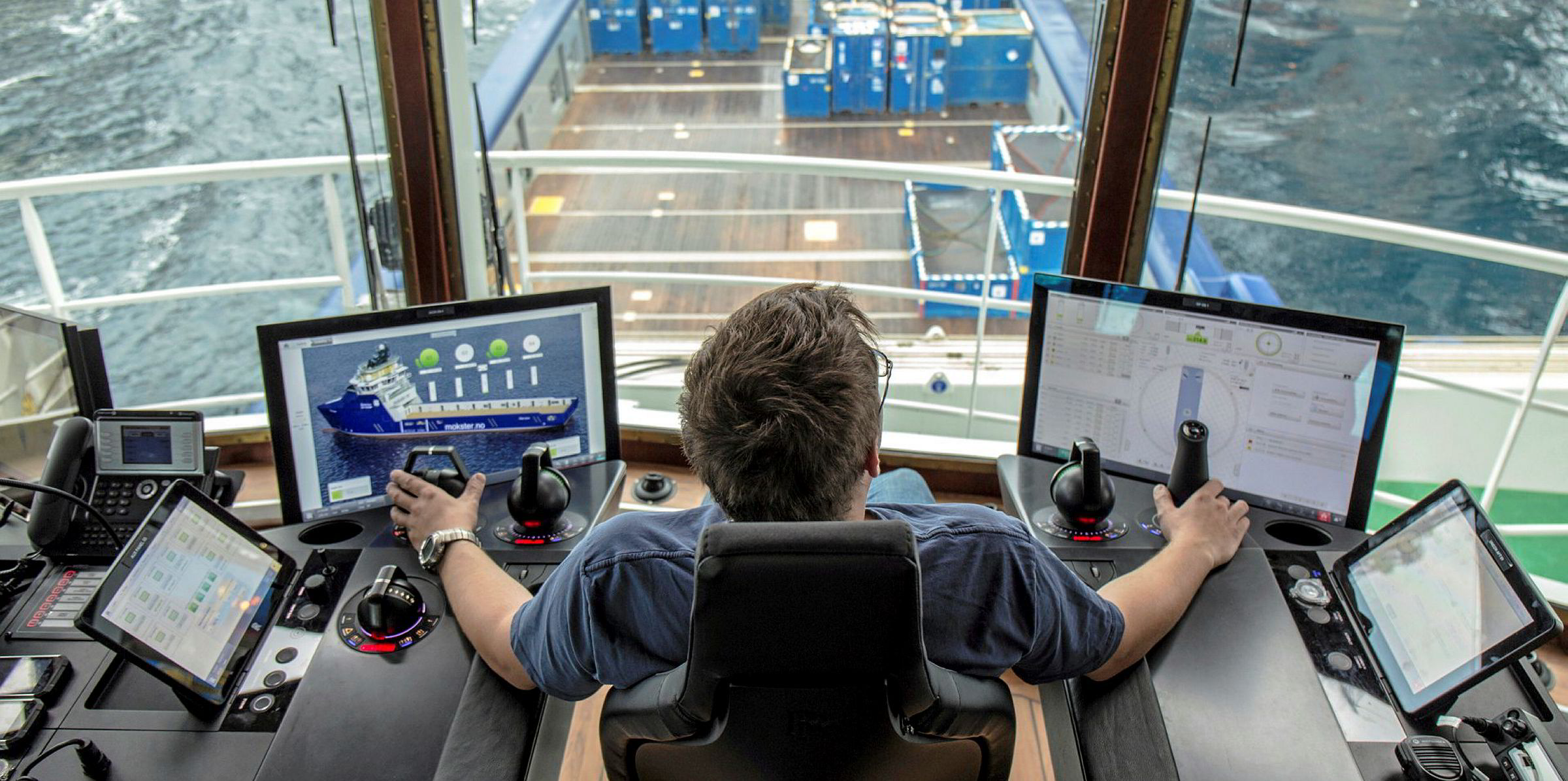Norway's Eidesvik Offshore believes its pioneering work on eco-ships will help it turn around results in tough offshore support vessel (OSV) markets.
In its fourth quarter results statement, the OSV owner said its oil and gas clients have been affected by an accelerating global shift away from fossil fuels.
Investors and other capital sources are demanding that companies in the sector take action and implement initiatives that will reduce each company's impact on the climate, the company added.
Eidesvik has been focusing on battery-hybrid solutions and LNG bunkering for its fleet.
It is also working on converting the world's first ever ship to run on ammonia: the 6,000-dwt platform supply vessel Viking Energy (built 2003).
"The board is pleased that the group appears to be well positioned to take advantage of this shift in sentiment in the sector, demonstrated by our recently announced initiative aiming to install a fuel cell based on green ammonia on board Viking Energy," Eidesvik said.
"Our track record of successful innovations is the key factor that has brought the group to this position, and the board looks forward to building on our experience to make this yet another successful step forward for Eidesvik and the industry."
Loss cut due to currency movements
The company managed to cut its loss in the final quarter to NOK 31.6m ($3.36m) from NOK 88.3m in the same period of 2018.
Revenue fell to NOK 142m, compared to NOK 145m a year earlier, but it was saved by currency gains of NOK 40.3m, versus a loss of NOK 59.8m in 2018.
Eidesvik said the PSV market has seen an increase year on year in both spot and term demand.
This has led to improved rates and utilisation, in particular for the larger PSVs, with utilisation levels above 90% for the first time "in years," the company added.
"However, driven by oversupply of vessels, the overall market remains challenging, but the aforementioned positive signs are noticeable," Eidesvik said.
Subsea activity was volatile throughout 2019, the company added.
Rates and ship use rose during the summer, but the winter season saw both drop again.
"A recovery in the subsea market is yet to materialise, though the fundamentals for increased activity are solid; subsea sanction levels continue to rise and the main subsea contractors have reported strong growth in backlog year on year," the owner added.





